Do you know what a flûte is?
Or that 90% of the wines grown in Elass are white?
And what is the name of the only red wine of the region?
Unique and unmistakable are the wines of Alsace. Sweet and expressive, these wines flow into the glass like liquid gold.
Alsace is located in northeastern France, bordering the Vosges Mountains to the west and Baden to the east. Between Strasbourg and Mulhouse, you can go exploring and find fine white wines like Riesling, Pinot Blanc, Gewürztraminer or a Muscat.
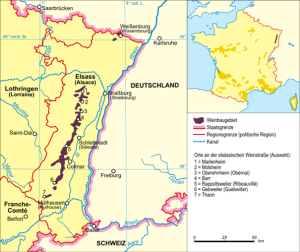
If you ask wine lovers, Alsace is one of the most beautiful wine regions in the world. Between vineyards and small winegrowing villages, the wines are best tasted along the French Wine Route (Route des Vins d’Alsace). As in Rheinhessen, Alsace grows more white wine, and as you may have noticed above, Riesling is also strongly represented here.
The traditional craft dates back to the year 900, it is said that viticulture was practiced here even before Roman times. Over the centuries, the cultivation area grew to the area of 30 000 hectares in the early 19th century, but was greatly reduced by the world wars and today measures an area of about 15 000 hectares. Today, the region produces about 1.15 million bottles of wine, 90% of which are white.
Where the wines are grown in Alsace is actually rather secondary, besides great names in viticulture, are particularly decisive the label. Thus, protected recognitions are the following: “Alsance Gran Cru”; “Crémant d’Alsace”; or a new designation “Niveau Premier Cru”. Just as distinctive as these designations of quality and production, are the bottles in which the wines are sold. The wine bottle (fr. “flûte”) is slim and narrow and, apart from the Crémants bottles, unmistakable.
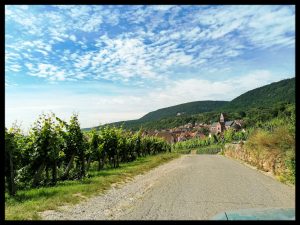
What is the success of Alsatian viticulture?
One advantage is due to the climatic conditions that prevail in this Rhine valley. The wine-growing area is located on the eastern side of the Vosges and is therefore protected from the westerly wind and rain, which already settles on the other side of the Vosges. Thus, the amount of precipitation is relatively low in Alsace compared to other wine-growing areas in France. Additionally, the average temperature is 1.5°C higher in the Alsace region. Soil composition varies greatly throughout the winegrowing region. Wines with the appellation are especially more likely to stand on marl or granite. In addition, the soils are mostly granite, gneiss or slate, as well as limestone, marl and sandstone.
A particularly common grape variety is Gewürztraminer, which accounts for about 18.6% of the vineyard area in Alsace, making it one of the more prominent varieties. Gewürztraminer has been cultivated for 1500 years, its berries are light red and that is why Alsatians also call it Red Traminer. There is disagreement about the origin of this variety, it is believed that it comes from the southeast of Europe, but an origin from Egypt can undoubtedly not be excluded. It is agreed, however, that the grape variety takes its name from the South Tyrolean wine village of Tramin.
Gewürztraminer is basically a low-acid wine, and the vine ripens rather late. This makes the yields relatively low, yet with a high must weight. This brings out the full-bodiedness and richness of the wine.
Characteristically in the taste of the wine can be found especially notes of rose, lychee, bitter orange or even marzipan. Gewürztraminer with a powerful bouquet appears sweet to almost liqueur. Its appearance is characterized by an intense yellow color that appears almost gold, this comes from the actually light red grapes that the vine has.
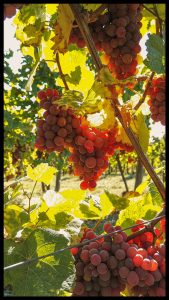
The demanding vine prefers soils that are deep, not too dry and easily warmed. Not only like the grapes, the leaves of the vine also have a light red to pink color. Overall, despite its high demands, Gewürztraminer is one of the nobler varieties in viticulture. Its distinctive color, full bouquet and fullness of flavor make it one of the most famous wines in Alsace.
Also this time I would like to introduce you to a second wine.
As you already know, only 10% of cultivated land is used for red wines. And all for the cultivation of Pinot Noir alone. In Germany it is also known as Spät- or Blauburgunder and in Italy it is called Pinot Nero. Basically, this grape variety finds its origin in Burgundy.

In contrast to “Spätburgunder”, Pinot Noir, under cultivation in Alsace, is considered a fruity light red wine. This grows especially on clay-limestone soils. The grapes are small and dark purple, almost blue-black.
A Pinot Noir can be recognized by its brick red to deep red color, classically you will find aromas of wild berry, raspberry and cherry in its bouquet and taste. These wines are often light and low in tannin. Pinot Noir likes to be drunk young, but when aged in a barrique barrel to form a cuvée, it gains with age.
Pinot Noir is still produced in small quantities, but it is one of the highest quality wines to try in Alsace.
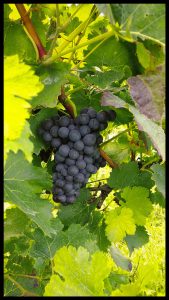
And have you become curious?
Make the trip and spend a weekend moving from winemaker to winemaker in Alsace, along the French Wine Route and enjoy for yourself the treasures that Alsatian winemakers store in their barrels.
_______________________________________________________________________
Sources
_______________________________________________________________________
If you don’t know which journey we are on have a look here:
Welcome to a deep dive into the finest wines
And if you missed our first stop in Rheinhessen, Germany look here:
A sweet tasty journey to Rheinessen, the cradle of European viticulture
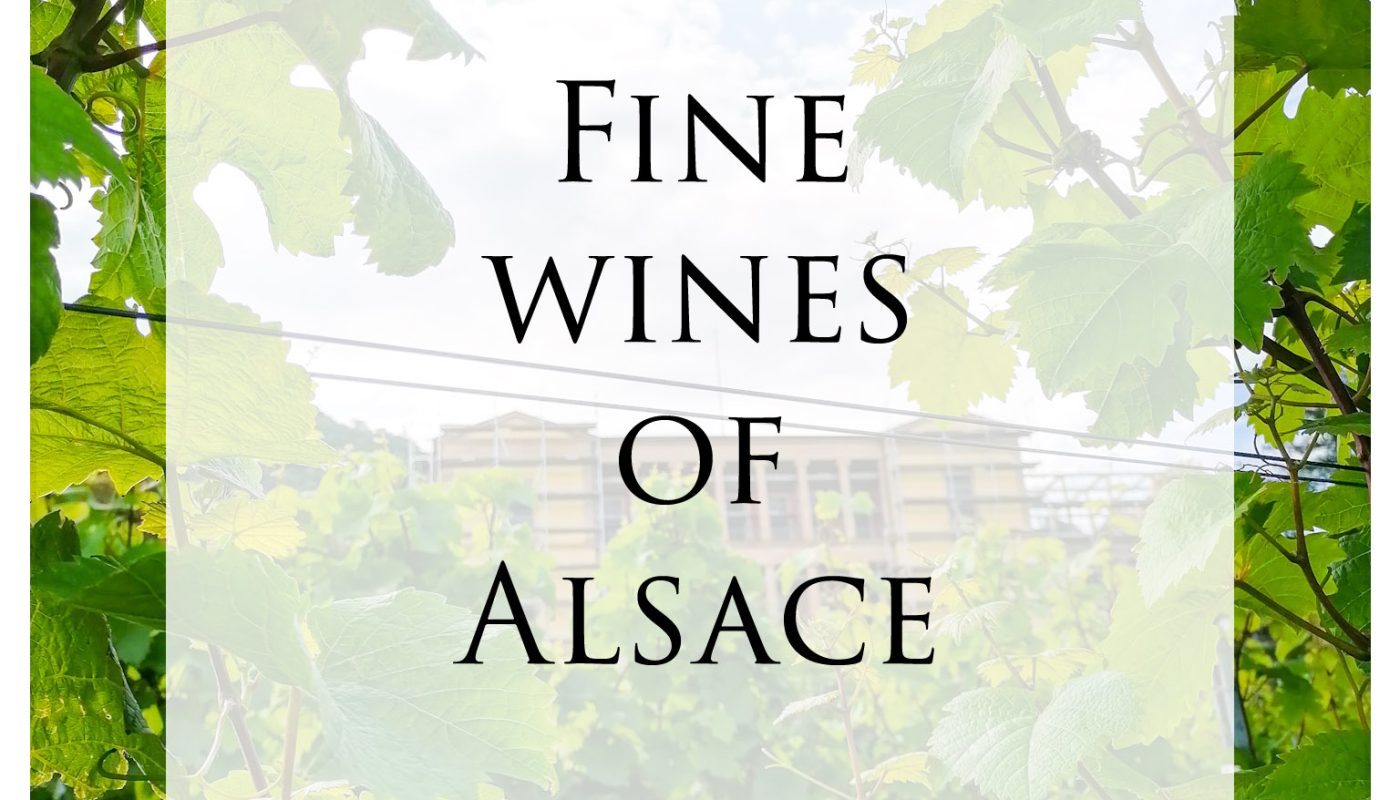

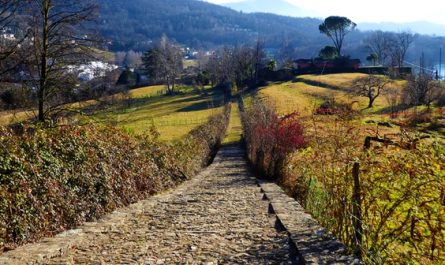
Great article. Thank you!
Thank you Nicole for your feedback! 🙂